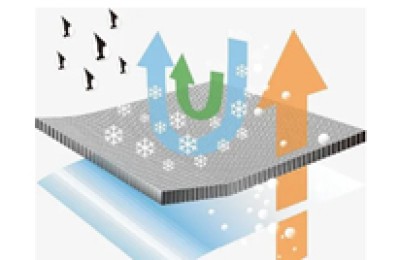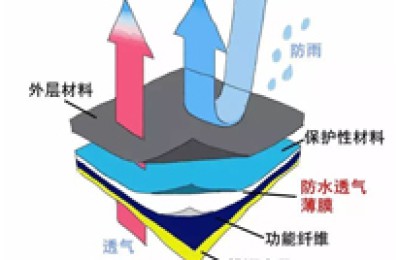Since early July, after failing to attack the 65 cents/pound mark, ICE’s main contract has continued to fluctuate and decline, breaking through 63 cents/pound, 62 cents/pound and other integer marks; but from the perspective of positions, It is not obvious that the mentality of bulls, funds, and cotton-related companies has relaxed. The bulls and shorts may once again start a “fierce battle” around 62 cents/pound, and the outcome is unpredictable (according to CFTC statistics, as of July 14, ICE’s total positions An increase of 8,918 contracts, and index fund net long orders increased by 1,737 contracts).
Although on the surface, there is still drought and lack of rain in western Texas, the main cotton-producing area in the United States, U.S. stocks are trying to extend last week’s gains, and China will continue to sign contracts to import U.S. cotton for the 2020/21 season, ICE There is still hope of testing 65 cents/pound or 68 cents/pound, but the author believes that with the fermentation of the following factors, the main ICE may open to 62 cents/pound or even 60 cents/pound in the short term. Double dip (the decline in global consumption will not be discussed).
First, the domestic COVID-19 epidemic in the United States is completely out of control, and some states and local governments may re-blockade the country. According to data released by Hopkins University, as of the 19th, the cumulative number of confirmed cases in the United States exceeded 3.61 million, and the number of deaths exceeded 140,000; and the number of newly diagnosed cases in the United States in a day hit a record high, reaching 71,000. Dr. Fauci’s prediction of 100,000 per day is getting closer, but it is clear that the turning point of the epidemic in the United States is far from coming. Some states and local governments, including California, Texas, Florida, etc., have implemented blockade measures again;
Second, China’s expectations for a large number of contracts to import US cotton in July/August have weakened. 1) As of now, US cotton in 2019/20 has been oversold, and some exporters have difficulty in delivery and shipment (2018/19 old cotton and low-quality and low-grade cotton in the United States cannot meet the procurement requirements of Chinese enterprises). Therefore, The supply contract for 2019/20 has been canceled or transferred to 2020/21, and new contracts have not been significantly increased; 2) Texas, the United States, continues to suffer from drought, and there is great uncertainty in the quality, grade and other indicators of U.S. cotton in 2020/21; 3) Domestic cotton consumption has fallen sharply due to the epidemic, and the supply is very sufficient, and calls for additional cotton import quotas with sliding quasi-tariffs have been drowned out; 4) The US’s aggressive and constant pressure has led to the continued deterioration of Sino-US relations and increasing trade uncertainty;
Third, the U.S. stock market, the Federal Reserve and the government’s unlimited monetary stimulus policies face the risk of stalling. U.S. stock indexes are well above the 2020 lows caused by the pandemic, but the Treasury market is increasingly signaling doubts about the pace of the economic recovery as new virus cases slow reopening plans in many states, while stocks expect a fourth A round of fiscal stimulus measures has brought the economy out of trouble and has been clearly reflected on the market. If the U.S. Congress does not pass a new stimulus plan, the S&P 500 will “take a big plunge.” Therefore, we need to pay close attention to the Federal Reserve policy meeting on July 28-29. And the latest number of initial jobless claims and US manufacturing data in July;
Fourth, other “pig teammates” of US cotton also put pressure on ICE. Due to the arrival of the southwest monsoon more than a week early in India, the cotton sown area has increased sharply year-on-year; while in 2020, Australian cotton has been “cold-treated” or canceled by Chinese buyers due to high prices and poor quality (the two main cotton-producing areas have been affected by rainfall); In 2020/21, Brazilian cotton quotations are generally flowing to China (August/December shipping schedule), and Brazilian cotton is becoming more and more substitute for US cotton and Australian cotton, constantly seizing and eroding the position of US cotton in the international export market. share; as for West African cotton, Central Asian cotton, etc., they are also constantly poaching the “corners” of US cotton, and US cotton has become the target of the “pig teammates”. </p








